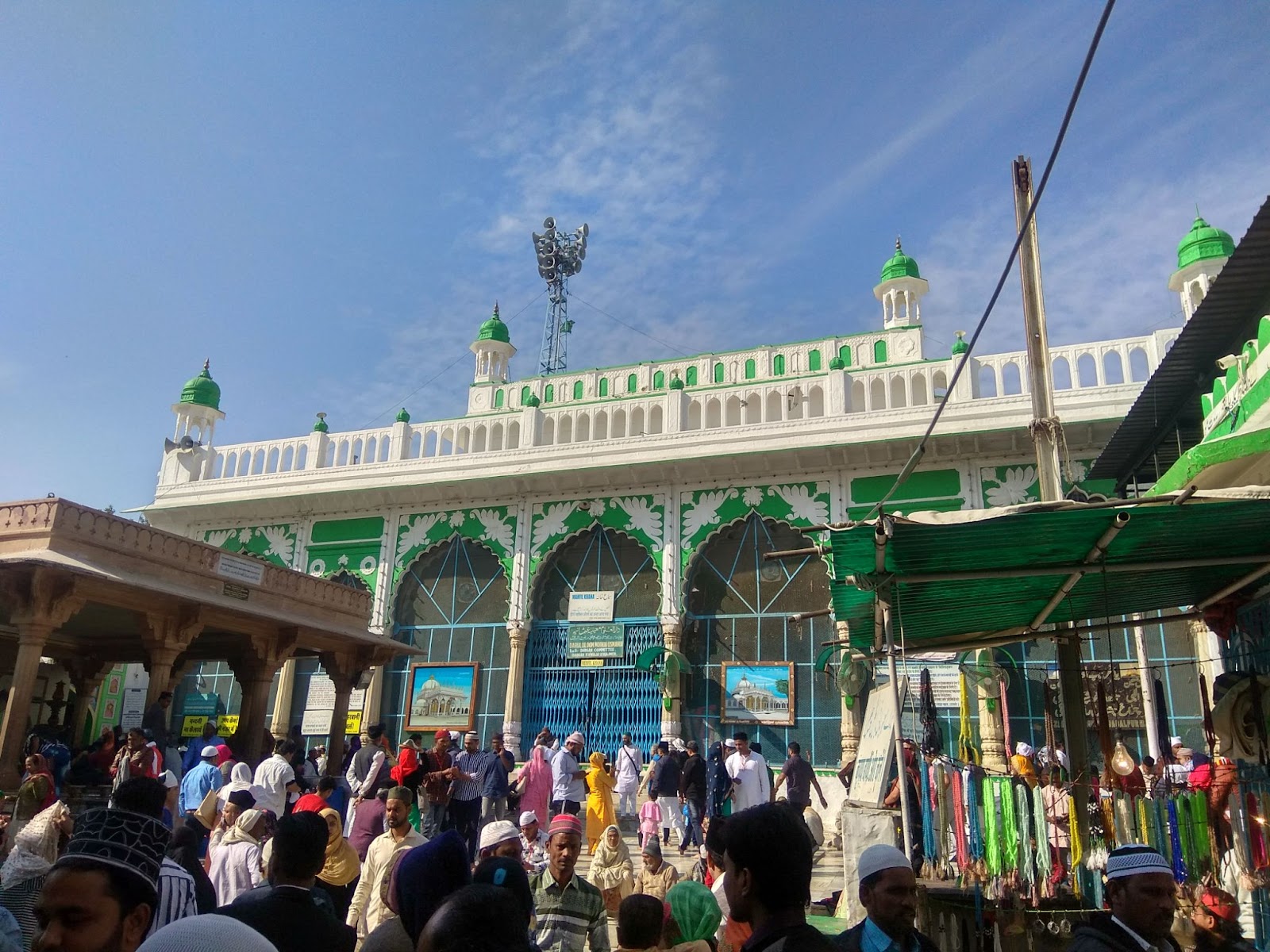
Credit: Shivakant Arya
About Ajmer Sharif Dargah
Ajmer Sharif Dargah, also known as Ajmer Sharif, is a revered Islamic pilgrimage site located at the foot of the Taragarh hill in the town of Ajmer, Rajasthan. It holds immense significance as the final resting place of the Sufi saint Khwaja Moinuddin Chishti, who arrived from Persia and passed away in Ajmer in 1236 CE. This sacred shrine has become an iconic symbol of faith, drawing devotees from various communities across the globe. In this article, we will delve into the rich history, architectural marvels, and spiritual essence of Ajmer Sharif.
The resting place of the Sufi saint Khwaja Moinuddin Chishti , Ajmer Sharif Dargah, is a revered Islamic pilgrimage site located on the Tagarh hill in the town of Ajmer, Rajasthan. He arrived from Persia and passed away in Ajmer in 1236 CE. A symbol of faith, the sacred shrine is the architectural marvel and spiritual treasure of Ajmer.
A Beacon of Spirituality and Compassion
Khwaja Moinuddin Chishti’s noble teaching and unwavering commitment to peace are revered as the entombed. He dedicated his life to the impoverished and downtrodden parts of society. Countless devotees from all over the world come to Ajmer Sharif as the most important Muslim pilgrimage site in India.
A Majestic Shrine with a Storied Past
Paying homage to the revered saint, Ajmer Sharif Dargah construction was initiated by Mugal Emperor Humayun. During this period, the complex underwent many phases of expansion that resulted in the current grandeur. The white marble structure within the two courtyards looks elegant. Entry into the dargah is through the Nizam gate, which is followed by the Shahjahani gate, constructed under the patronage of Emperor Shah Jahan. In the heart of the complex, the tomb of Khawaja Moinuddin Chishti rests. It has a silver railing with a delicate marble screen. The Persian inscription featured on the 11 arches stands as a testament to the saint’s enduring legacy.
A Spiritual Journey Linked to Royalty
During the Mugal era, Akbar set out on an annual pilgrimage to the Dargah with his queen from Agra. He wanted an heir to the throne. On the route from Agra to Ajmer, “ Kose Minar ” pillars were installed at an interval of 3 km for the travelers during their journey. It was believed that Akabar had offered two colossal cauldrons to the Dargah after Khwaja Moinuddin Chishti blessed him with a son. These vessels, weighing 4480 kg and 2240 kg, are still used to prepare kheer on special occasions
During the Urs fair, Ajmer Sharif comes out in his true essence. As a jubilant commemoration of his life and teaching, the fair is held in the month of Rajab Usually in May. Lakhs of devotees flock with great devotion and fervor.
With its rich history, magnificent architecture, and the vibrant Urs Fair, Ajmer Sharif offers a transformative pilgrimage experience like no other. Embark on this spiritual journey and immerse yourself in the profound aura of Ajmer Sharif Dargah.
Timings of Ajmer Sharif Dargah
Ajmer Sharif Dargah is open from 5 AM to 9 PM during the winter and from 4 AM to 10 PM during the summer.
